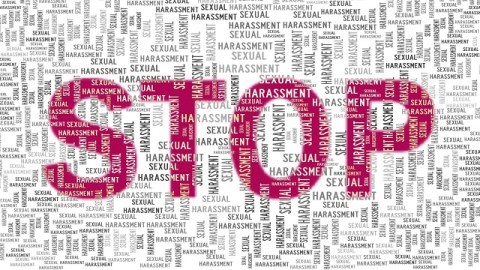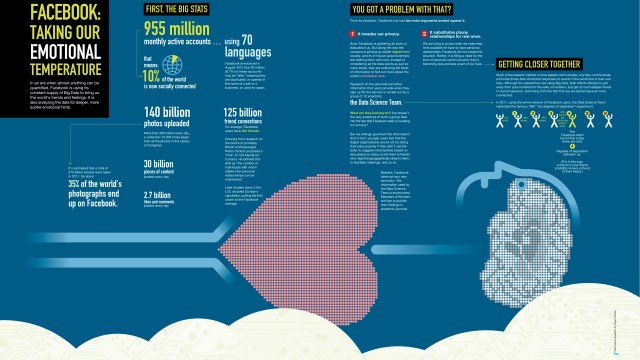Addressing sexual harassment in science

The stories come in surprising ways. An unexpected confession over a meal or a few drinks. A warning, perhaps, to keep your distance from a particular person before a conference. A breakdown during one too many late nights in the lab. But, eventually, one way or another, these stories come. And they are heartbreaking.
Stories of sexual harassment in the workplace. Tales of inappropriate comments, the odd (or not so odd) grope. Women being barred from particular research topics or tracks simply because of their gender. And sometimes, sexual assault and rape.
Unfortunately, for many of us who have worked in science, these stories are all too common.
In a recent blog post, Kate Clancy, an assistant professor of anthropology at the University of Illinois, discussed incidents of sexual harassment and sexual assault at field sites. Working with collaborators (and esteemed academics) Katie Hinde, Robin Nelson, and Julienne Rutherford, the group attempted to put together some real statistics behind those stories so many of us have heard. They put together a survey about sexual harassment and passed it around the community. They then shared the results at the American Association of Physical Anthropology symposium on ethics.
Clancy writes:
We heard many reports of women not being allowed to do certain kinds of field work, being driven or warned away from particular field sites, and being denied access to research materials that were freely given to men (and men who were given access were the ones telling us these things). Ultimately, not being able to go to certain field sites, having to change field sites, or not being able to access research materials means women are denied the opportunity to ask certain research questions in our field. This has the potential to limit the CVs of women and given them permanently lesser research trajectories. This can lead to not getting jobs, or getting lower-tier jobs. It also means certain research questions may get primarily asked by one gender, and reducing the diversity of people doing research has been shown to reduce the diversity and quality of the work.
Their findings weren’t met with much surprise. And I was very happy to see that the American Anthropological Association immediately responded with a “no tolerance” statement concerning sexual harassment and assault.
Yet Clancy and colleagues continue to be criticized because they cannot determine the actual prevalence of sexual harassment and assault in the field. To that, Hinde replied, “How does one measure the prevalence or magnitude of the problem, assuming we could get a full reporting? Do we count the individual victims? Do we count the witnesses powerless to intervene who are also traumatized? Do we count the future junior scientists warned away from such sites who miss out on research opportunities? Do we count the family, friends, and colleagues of the victims whose hearts break at what they suffered? And if we do count all of these, or even a subset, is there an amount above zero that we should feel obliged to condone? What is a tolerable amount of harassment? What is an acceptable prevalence of rape?”
The answer is simple: none. Absolutely none. And since this sexual harassment go far beyond anthropology, to the labs and sites of other scientific fields, it’s time the scientific community puts its collective foot down and works to make sure we never have to hear these kinds of stories again.
Photo credit: mypokcik/Shutterstock.com





